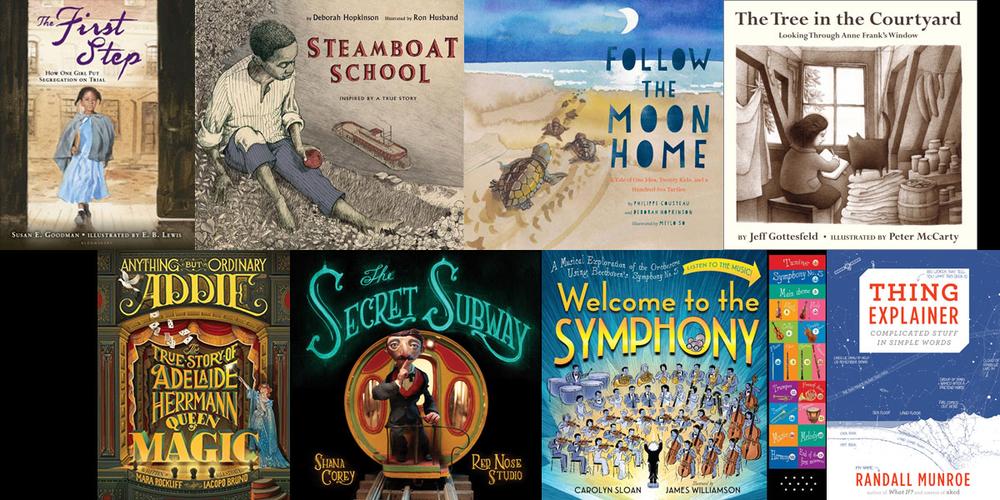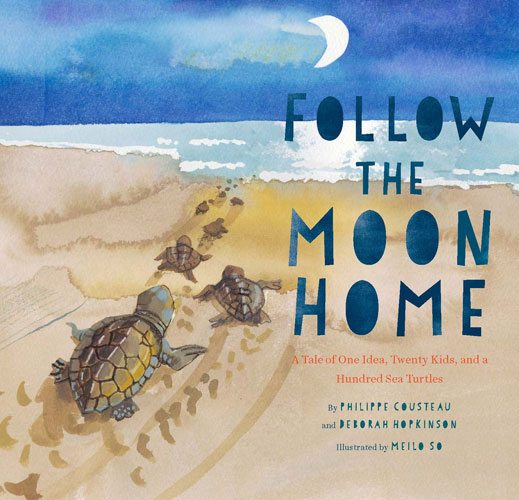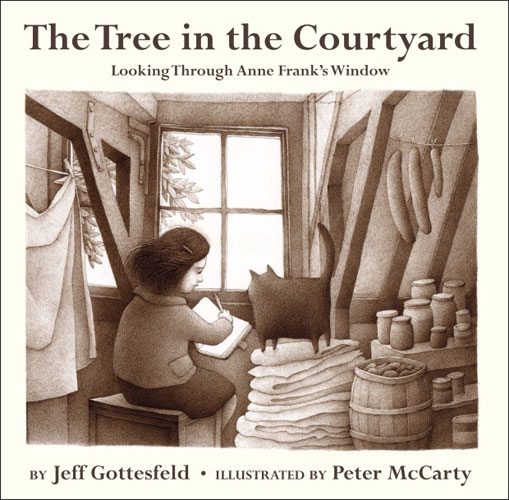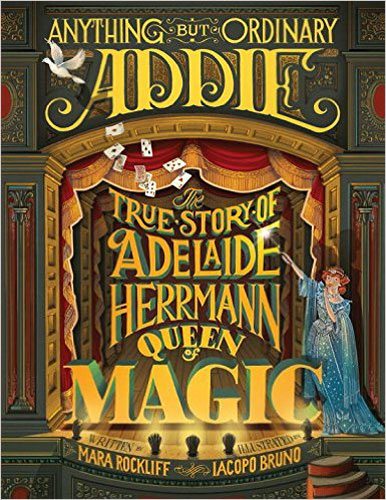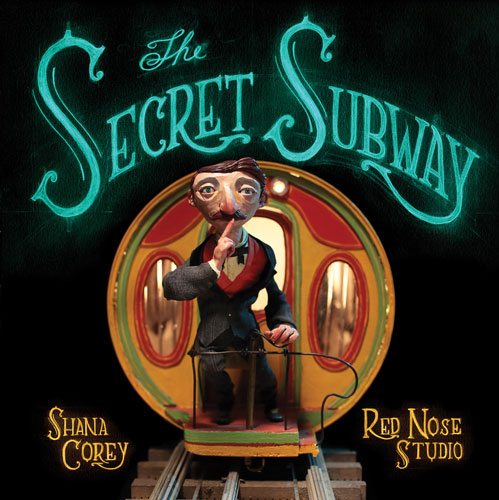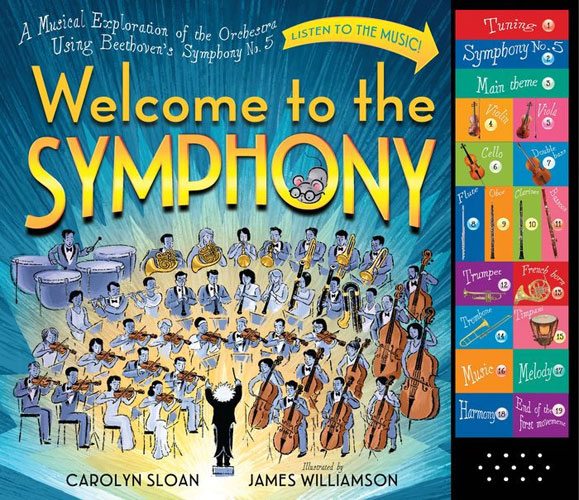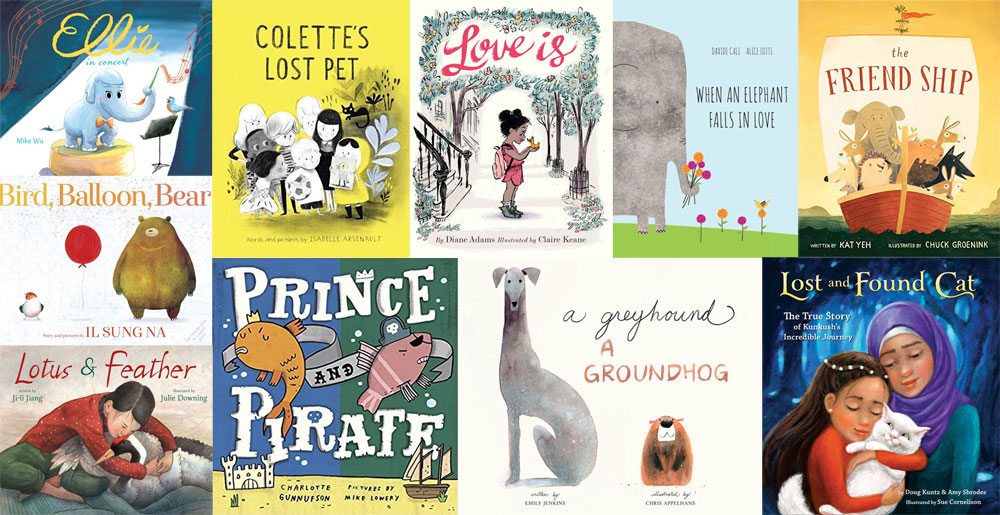I’ve never read as much non-fiction as fiction—even as a kid, I tended toward stories over history lessons (though I did love reading about science). But I’m finding that there are a lot of great non-fiction books that I do enjoy sharing with my kids—usually picture books based on true stories that can be prompts for further exploration.
The First Step by Susan E. Goodman, illustrated by E. B. Lewis
In 1847, Sarah Roberts was told she could not attend her school because she was black—instead, she would have to walk all the way across Boston, past five other schools that she could not attend. Her family fought in court for her right (and, by extension, the right of all black children) to attend the same schools as white children … and lost. But that case was the beginning of the end of segregated schools. This book is beautifully illustrated and evocative. I think it’s interesting for the fact that it tells a story that does not initially have a happy ending—in fact, it took nearly another century before schools were finally desegregated. The book shows that change can be difficult and slow, that sometimes you take three steps forward and one step back, but that progress is possible.
Steamboat School by Deborah Hopkinson, illustrated by Ron Husband
Steamboat School is an even earlier story in the journey for African American rights. Told from the point of view of a young boy, the book is about Reverend John Berry Meachum, who taught a school for black children in a church basement. When a law was passed in 1847 forbidding blacks to be educated in the state of Missouri, he created a school on a steamboat in the Mississippi River, circumventing the law. This story was a new one to me, and I loved Meachum’s ingenuity and resourcefulness.
Follow the Moon Home by Philippe Cousteau & Deborah Hopkinson, illustrated by Meilo So
This book is about some young activists in South Carolina, where many loggerhead turtles crawled away from the sea because of the lights from beach houses. A group of students starts a movement to have people in the beach houses turn off their lights or keep curtains closed, so that the turtles would be able to follow the moon back out to sea. Although this particular story is fiction, it was inspired by volunteers who work on sea turtle conservation. The story is told from the point of view of one girl and urges readers to be activists and advocates when they see a problem that needs to be solved, whether it’s endangered turtles or anything else.
In the courtyard outside of the factory annex where Anne Frank and her family hid from the Nazis stood a horse chestnut tree, one that Anne mentions a few times in her diary. This picture book shares Anne’s story through a few key moments, as witnessed by the tree, which survived until 2010. Many saplings from the tree have been planted around the world in remembrance. The illustrations by Peter McCarty are solemn but also capture the beauty that entranced Anne Frank as she looked out of the attic window.
Before Harry Houdini, there was Adelaide Hermann, Queen of Magic. Largely forgotten until a recently rediscovered memoir was published a few years ago, Addie married the magician Alexander Hermann, and quickly became part of his show. But when he died suddenly on the way to a performance, she took on the performance herself, even the death-defying bullet-catching trick, and continued performing for another thirty years. This picture book is written and illustrated by the same team who created Mesmerized (mentioned in this Stack Overflow column) and I love the style and the tale that it tells.
The Secret Subway by Shana Corey, illustrated by Red Nose Studio
In the 1860s, the streets of New York City were crowded and filthy. An inventor named Alfred Ely Beach came up with a wacky idea: a fan-powered underground train that could transport passengers without the worries of weather or garbage or crowds. He was able to pull it off, thanks to some sneaky deals, and New York City had its first subway train … but it didn’t really go anywhere, and eventually was abandoned and forgotten. In 1912, when construction began on a new subway system, workers broke through a brick wall into Beach’s tunnel, rediscovering it.
There are so many things I love about this book. The story itself is strange and surreal—a precursor to the New York subway system, built by an eccentric inventor under cover of darkness. The illustrations are actually photographs of puppets and sets—this is the picture book equivalent of a stop-motion animated film, complete with replacement heads for different expressions—and are absolutely stunning. The inside of the dust jacket has a series of photographs and captions explaining how Red Nose Studio (Chris Sickels) created the photographs.
Welcome to the Symphony by Carolyn Sloan, illustrated by James Williamson
This book about Beethoven’s Symphony No. 5 is a little musical education course. There are three little mice attending the symphony, and one is a complete newbie, asking questions like “What’s a Beethoven?” and “What’s an orchestra?” The book walks through things like melody, harmony, the different sections of an orchestra, and some of the particulars of this famous symphony, all in language that’s easy for young kids to understand. There’s even a panel of buttons that you can press to hear clips of the music: the beginning and end of the symphony, plus all of the individual instruments playing a single phrase from the symphony.
Normally I’m not a fan of books that make noise, but I really loved this one and so did my toddler, who quickly learned to identify the various strings, woodwinds, and brass instruments. It even inspired us to pull up a performance of Beethoven’s Fifth on YouTube and listen to the entire thing. I highly recommend this one for introducing young children to classical music.
Thing Explainer: Complicated Stuff in Simple Words by Randall Munroe
I’d mentioned Thing Explainer back when the book was announced, but realized recently that I hadn’t written about it when it was actually released in November. Based on Randall Munroe’s “Up Goer Five” comic, a diagram of the Saturn V rocket using only the 1,000 most common words in the English language, Thing Explainer tells you how a wide variety of other things work, from the human torso to a smart phone to weather maps. There’s even a pull-out poster of a skyscraper—er, “sky toucher.” Using only the most common English words can sometimes make things easier to understand, but at other times can be somewhat obfuscating. And, of course, scattered throughout all of it is Munroe’s signature humor.
Disclosure: I received review copies of these titles.
